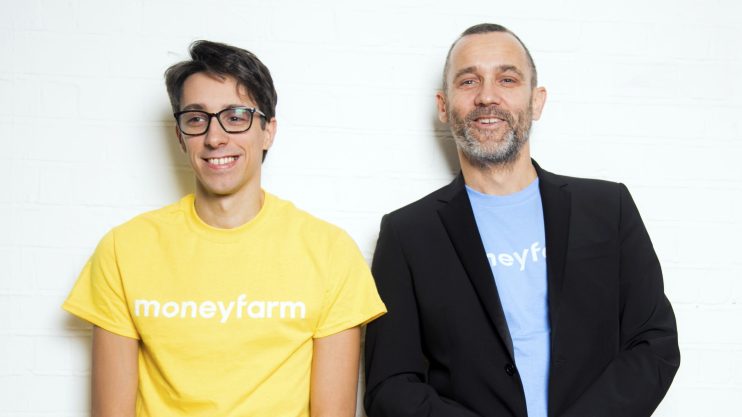Moneyfarm records another year of losses and warns of more to come

Digital wealth manager Moneyfarm reported another year of losses and warned the company could remain in the red for at least another year as it prioritises investment.
The figures
Moneyfarm reported a steady growth in revenue, up from £1.61m in 2018 to £2.72m in 2019.
However the company posted losses of £13m and incurred a net cash outflow from core operating activities of £12.8m.
Why it’s interesting
Moneyfarm’s revenue grew significantly as customers and assets under management (AUM) grew in both Italian and UK markets.
In June the digital wealth manager crossed the threshold of £1bn in AUM, sitting 53 per cent higher compared to June 2019. The number of active customers surpassed 50,000, a 34 per cent rise since last year.
Last year Allianz and Italian postal service, Poste Italiane, led a £36m funding round in the robo-adviser.
Gross inflows between January and June 2020 increased 75 per cent year-on-year, while deposits in the UK were up by a third. This is at odds with the general sentiment among investors seen during lockdown.
Despite this, Moneyfarm’s directors believe the company will continue to generate a loss over the next 12 months as it continues to invest in the business.
Despite holding surplus cash of £7.7m at 31 December 2019, the directors have completed an additional capital raise to finance the “accelerated growth phase”.
What Moneyfarm said
President and co-founder Paolo Galvani said: “Seeing results like these is more than just satisfying. It also serves as proof that the model we offer, made up of human expertise and advanced digital technologies, is appealing to an ever increasing number of investors, particularly those looking for an innovative and fresh approach to managing their savings.”
Giovanni Daprà, co-founder and chief executive of Moneyfarm, concluded: “It is undeniable that the past few months have had a profound effect on investors. The lockdown has irreversibly accelerated the changing attitudes of investors towards the intermediaries they use. Being prepared to face this change head on, with a digital-first approach to investments, has allowed us to respond to the evolving needs of our current and future customers.”